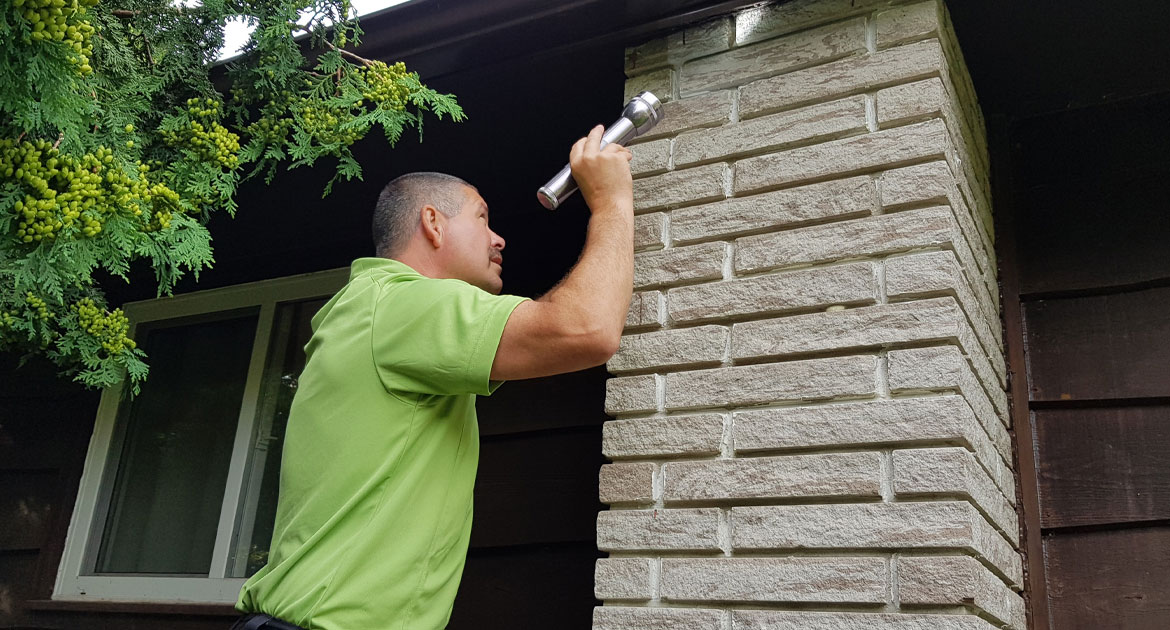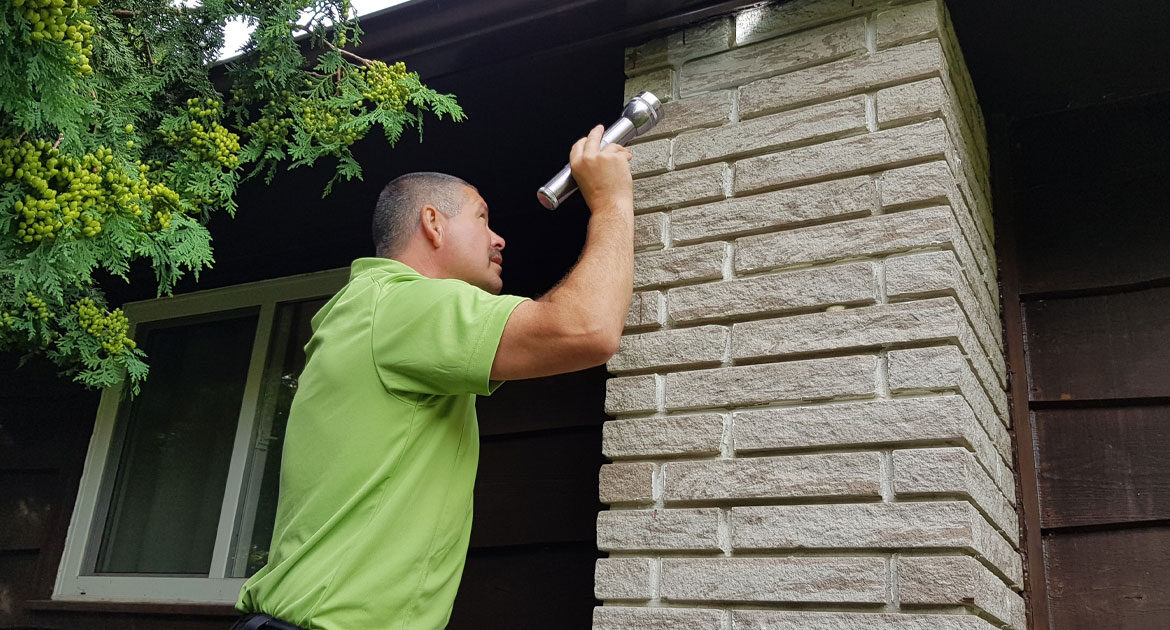Bats are highly misunderstood creatures, so you may have heard some seemingly contradictory information about whether they hibernate during the winter or migrate to warmer climates. The fact is that whether a bat migrates or hibernates depends on its species. There are 18 bat species native to Canada, 16 of which live in British Columbia. A handful of these bats migrate during the winter, while most hibernate. In either case, professional bat removal is necessary if you find a bat of any species in your home. If it is migratory, it will eventually go away, but it may return to its former roost when its migration cycle brings it back to Canada.
Why Do Bats Migrate, and Where Do They Go?
Bats are the only mammals capable of true flight. This requires a lot of energy, meaning that bats have to eat a lot. Canadian bat species feed primarily on insects and, during the winter, insects either die off or go dormant, leaving the bats with little, if anything, to eat.
Migratory Canadian bat species include the hoary bat, the red bat, and the silver-haired bat. These species fly south to Mexico where the temperature is warm all year round. The warm weather means that the insects on which the bats feed remain in abundance during the winter. As summer approaches the Northern Hemisphere, the bats return to Canada to raise their offspring.
Migratory bats primarily roost in trees, but they have also been known to roost in buildings, a situation that requires wildlife control in Maple Ridge to resolve.
What Is Hibernation Like for Bats?
Bats that do not migrate during the winter go into torpor, a state of extreme inactivity. Their body temperature drops to near freezing. Their heart rate reduces to 10 beats per minute, a dramatic decrease from 200 to 300 beats per minute when the bat is active. In this dormant state, the bat reduces its energy use by approximately 98%. This allows it to live off the fat stores that it builds up during the summer when its supply of insects to feed on is abundant.
The place where bats roost while hibernating is called a hibernaculum. Because of the dramatic drop in the bat’s body temperature while in torpor, it looks for a hibernaculum that provides a consistent temperature, preferably above freezing. For many species, that means roosting in caves, but they are also found in barns or houses. In fact, the big brown bat is a species that particularly seeks out buildings for hibernacula.
What Are the Complications Involved in Bat Removal?
Any attempts at bat removal have to put safety concerns at the forefront. Bats are frequent carriers of rabies, and while they are not aggressive by nature, they may bite in self-defence. After the bats are gone, it is still necessary to clean up their droppings and make sure they haven’t left any parasites behind, such as fleas, ticks, or bat bugs, a species related to bed bugs. Bat droppings contain a bacteria that causes a respiratory disease called histoplasmosis if aerosolized and inhaled. Fleas and ticks can spread Lyme disease, and while bat bugs don’t spread disease, they can cause painful and itchy bites.
Further complicating the matter is the fact that bats are endangered. Non-migratory bats especially are vulnerable to a fungal infection called white nose syndrome that has killed off millions of bats in the United States and Canada since 2006. Bats are important pollinators and help keep the insect population under control, so laws are in place to protect them. These laws make it illegal to kill bats or to disturb them when they are hibernating or raising offspring.
Skedaddle technicians are familiar and compliant with laws that protect bats. When we inspect your property for bats, we verify where they are in their reproduction cycle so that we do not separate mothers from babies. Find out more about our humane bat removal process.




